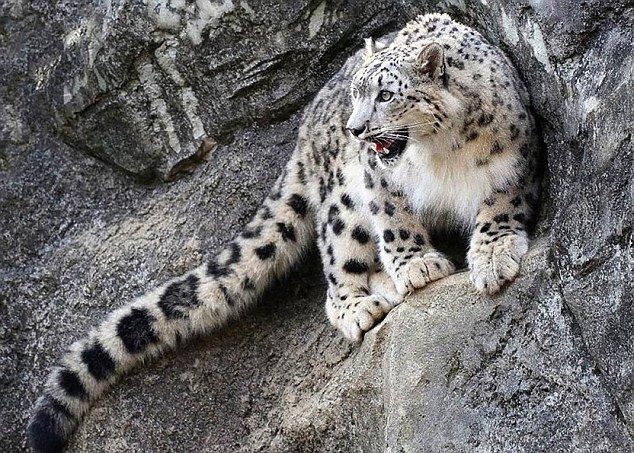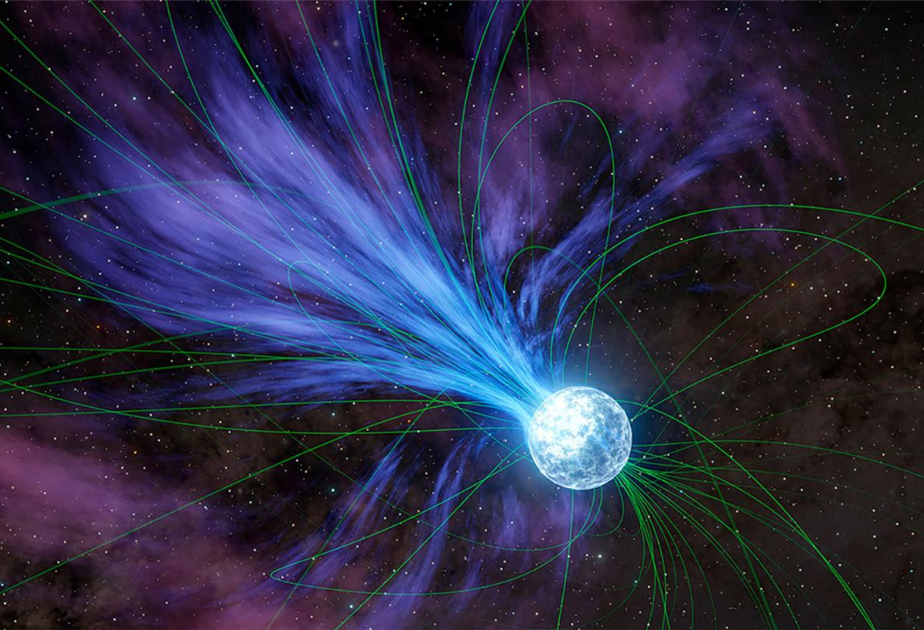Love conquers all it has often been said, and new footage of the elusive snow leopard in the wild seems to offer hard proof.
The big cat was caught by a video trap in the the wilds of its native habitat of southern Siberia, issuing a mating call many thought to be impossible.
The film captured seems to disprove conventional wisdom, which suggests that members of the endangered species cannot roar due to the physiology of their throat.Snow leopards are shy, elusive cats known for their solitary nature.
The black and white footage captures a rare glimpse of the animal - one of perhaps only 4,000 or so left in the wild and rugged mountains of Central Asia and the southern reaches of Siberia.
The endangered animals make sounds similar to those made by other large cats - including a purr, mew, hiss, growl, moan, and yowl - but that snow leopards cannot roar due to the physiology of their throat, and instead make a non-aggressive puffing sound called a 'chuff'.
But the video seems to defy conventional wisdom and captures a sound that seems much more than a chuff, reports The Siberian Times.
Dmitry Medvedev, president of the Irklutsk-based Snow Leopard Foundation, said this mating season cry debunks the theory that the big cat cannot roar.
'Many people still believe that these large secretive cats can't roar due to the physiology of their throat, unlike lions, tigers and leopard,' he said. 'This video proves that they can.'
'It shows a large male roaring loudly during a mating season high in the Eastern Sayan mountains.'
Known throughout the world for its beautiful fur and elusive behaviour, the endangered snow leopard (Panthera uncia) is found in the rugged mountains of Central Asia, according to the Snow Leopard Trust.

Snow leopards are perfectly adapted to the cold, barren landscape of their high-altitude home.
Its extra large paws keep the cat from sinking into the snow, like a pair of natural snow shoes.
The cats are most active at dawn and dusk and snow leopards regularly patrol home ranges that can cover hundreds of square kilometers.
They most often hunt wild sheep and goats and eat incredibly slowly, usually taking 3 or 4 days to consume a prey animal.
During that time, the cat remains near the kill site to defend the meal from scavengers like vultures and ravens, eating every few hours until the carcass is bare.
But human threats have created an uncertain future for the cats and, despite a range of over 2 million km2, scientists estimate that that there may only be between 3,920 and 6,390 snow leopards left in the wild.










